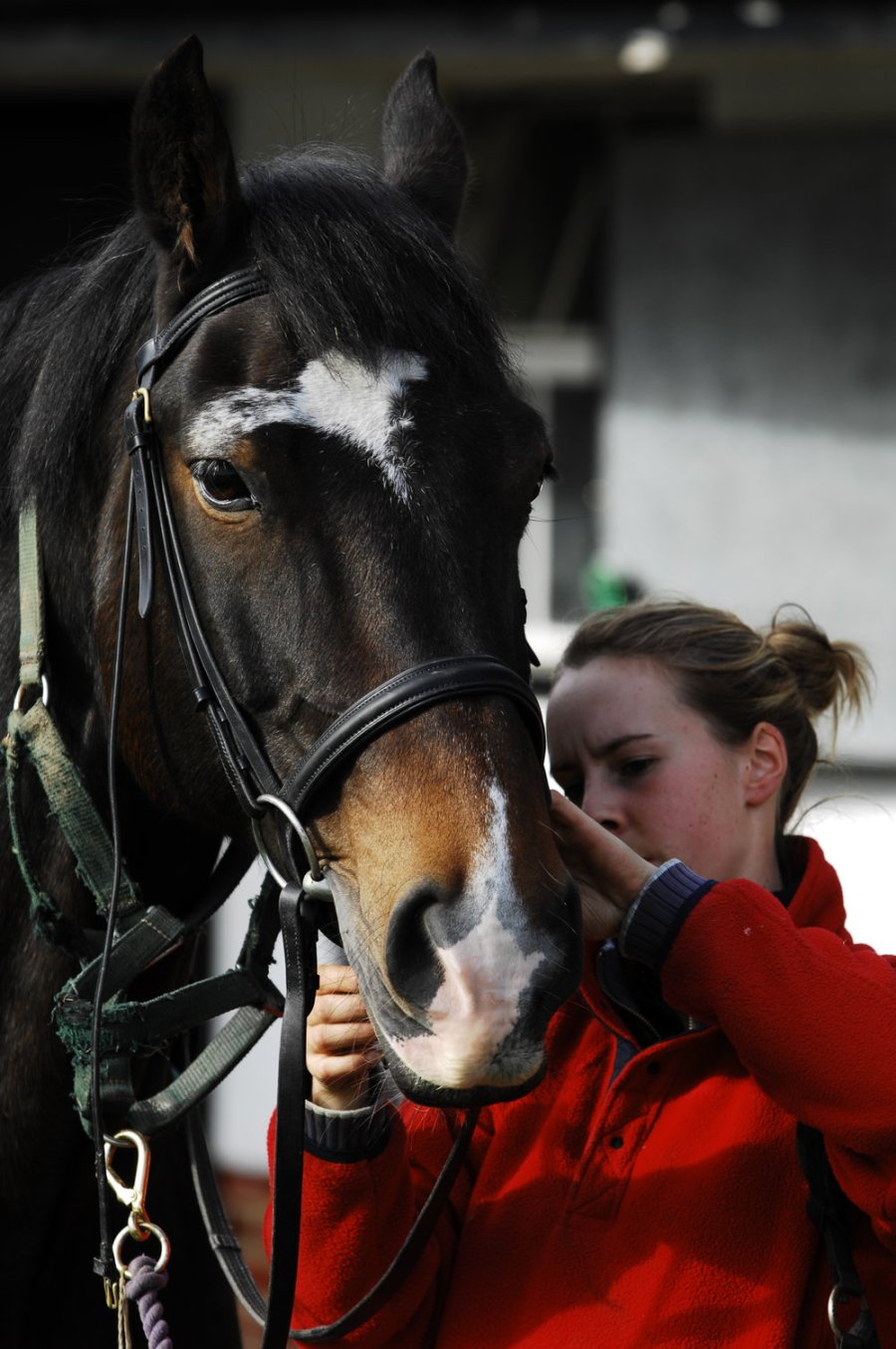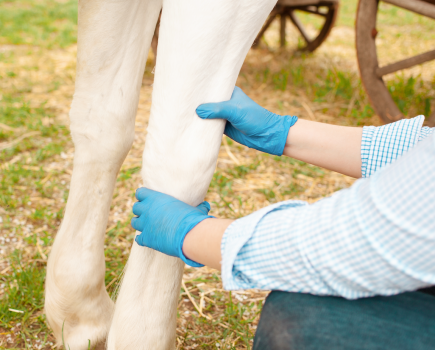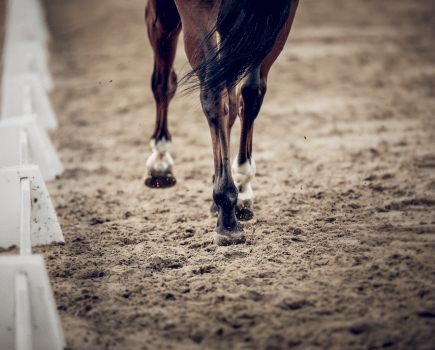A bit sits slightly differently on each horse depending on the elasticity of the horse’s lips.
A popular gauge of bit fit is to count the number of wrinkles at the horse’s lip, but as the skin will wrinkle differently from horse to horse, it may be best to avoid believing there is an ‘ideal’ number of wrinkles to look for.
Just right
You don’t want it so low that it rattles near any canine teeth or risks the horse getting his tongue over it.
Equally, you don’t want it so high that there’s a chance of the lips splitting when you take up a contact.
So fit the bit, take up some rein tension and check that there is some movement in the corners of the lips.
Bit width
A loose ring bit needs around an eighth of an inch gap either side, between the mouth and the bit rings, under rein tension. Any bigger and the bit may slide across the tongue.
For a fixed cheek, like an eggbutt or Pelham, you often need to go down a quarter of an inch in size, as no gap is needed with this type.
Ideal first bit type
Look for a kind, anatomically designed mouthpiece in a warm metal. A good example of this is the Neue Schule Turtle Top, which is an ergonomically designed mouthpiece made from Salox Gold.
This metal alloy heats up almost instantly in the horse’s mouth, promoting relaxed acceptance.
For the cheek type, choose according to your horse and circumstances. A loose ring is often ideal, but if there is any chance of panic or spooking, then an eggbutt or full cheek can ensure that the bit doesn’t pull through the mouth, causing discomfort.
Find out more about bits, including curb chains and how changing you noseband can help with a strong horse, in the full article in issue 450, available here.
Don’t miss the latest issue of Your Horse Magazine, jam-packed with training and veterinary advice, horse-care tips and the latest equestrian products available on shop shelves, on sale now.









